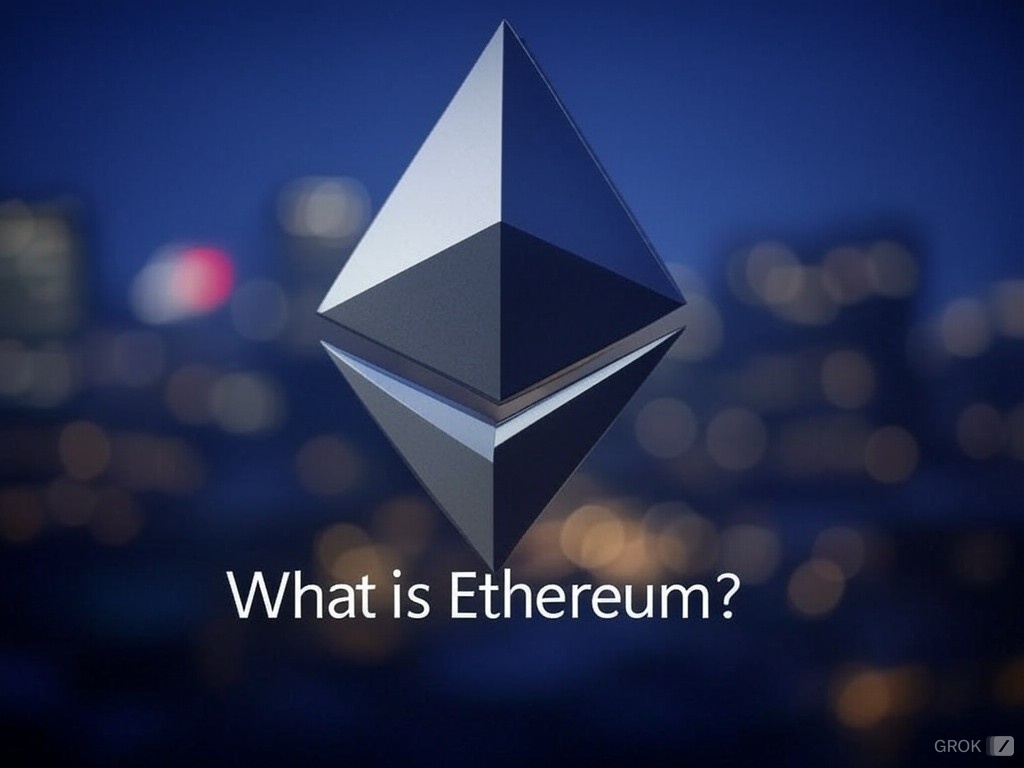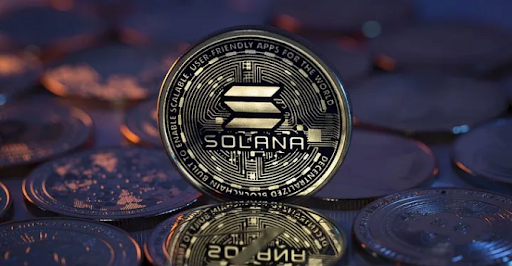

On March 17, 2025, Solana (SOL) futures began trading on the Chicago Mercantile Exchange (CME) Group, one of the world’s largest derivatives exchanges. This launch marks a significant step in the growing acceptance of Solana as a serious player in the crypto market. In February, CME announced it would introduce two contract types: standard contracts of 500 SOL and ‘micro’ contracts of 25 SOL, aimed at smaller investors. These are the first regulated SOL futures on the US market since Coinbase made a similar move in February, and they are cash-settled – without physical delivery of SOL.
On the first trading day, SOL futures exchanged hands for nearly 40,000 SOL, worth about $5 million at current rates, according to preliminary CME data. This figure may still change, as the final volumes will not be published until the next business day. However, early price action hints at a cautious sentiment: April futures were trading at $127 per SOL, $2 lower than the March contracts. This suggests traders expect a slight decrease, although it remains speculative this early in trading.
The kickoff was not without preparation. On March 16, trading houses FalconX and StoneX executed the very first SOL futures transaction on CME, a symbolic moment that paved the way for the official start. “Solana has made enormous strides in five years,” Chris Chung, founder of the Solana-based swap platform Titan, told Cointelegraph on March 17. He continued:
“With futures live on CME, SOL ETFs are the logical next step.”
This optimistic tone aligns with broader expectations. Chung predicted on March 13 that the US Securities and Exchange Commission (SEC) will approve spot Solana ETFs as early as May 2025, proposed by players like VanEck and Canary Capital. At least five asset managers have submitted applications, with an SEC deadline in October 2025. Bloomberg Intelligence estimates the chance of approval at 70%, backed by the presence of regulated futures – a crucial factor for the SEC in previous Bitcoin and Ethereum ETFs.
Futures contracts are standardized agreements to buy or sell an asset at a future date, popular with both speculators and hedgers. For institutional and private investors, they offer a way to manage risks without having to directly own crypto. In the crypto world, they play a key role in ETF approvals: a stable futures market gives regulators confidence in price stability and market integrity. With Bitcoin and Ethereum futures as a precedent, the SOL launch strengthens the institutional infrastructure around Solana.
Solana’s rise – from a five-year blockchain project to a top-10 crypto with a $70 billion market capitalization – drives this development. The launch follows a year in which CME’s crypto products, such as BTC and ETH futures, saw a trading volume increase of 73%. The SOL futures, based on the CME CF Solana-Dollar Reference Rate, now provide a regulated gateway for investors looking to capitalize on or hedge Solana’s growth.
Yet, sentiment is mixed. The $127 listing for April contracts contrasts with SOL’s spot price of $126.56 (a decrease of 2.1% in 24 hours, per X-posts on March 17). This could indicate caution following recent volatility. But proponents like Chung see the bigger picture: “This is a foundation for what’s to come. Solana’s adoption is accelerating, and the market is following.”
With futures live, the crypto world is watching the ETF race. Approval would boost SOL’s liquidity and institutional appeal, but until then, CME’s move already offers traders a new playing field. The first day is just the beginning – the real impact will be revealed by how these contracts evolve in a market hungry for regulated options.